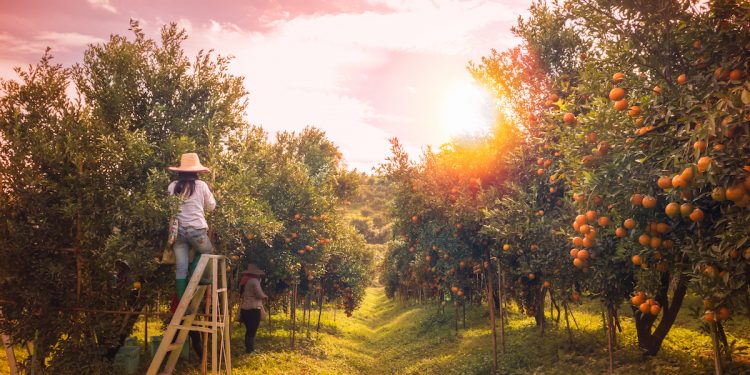



Article by: Hari Yellina (Orchard Tech)
A project will assess the performance of orchard mapping and analysing technologies in Western Australian orchards to see if it has commercial feasibility. The Western Australian Department of Primary Industries and Regional Development (DPIRD) has teamed up with Pomewest, a sub-committee of the Agricultural Produce Commission, to conduct a trial project at a commercial apple orchard in Manjimup. With in-kind funding from local supplier Aero Vines, the one-year study will investigate the technology developed by Australian business Green Atlas, which employs a combination of light detection and ranging (LiDAR) remote sensing data and digital photographs to map and monitor orchard growth.
The study is evaluating the use of data to improve orchard thinning and enhance the management of crop loads, or the quantity of fruit on trees. Most crop load levels and seed quality are governed by canopy size and light exposure, according to Dario Stefanelli, the department’s fruit and perennial crops lead. Dr. Stefanelli stated, “Maintaining a steady and sustainable crop load of excellent quality is crucial to fruit size, colour, and taste.”
With the present visual methods, managing canopy variability is nearly impossible; however, this new technology has the potential to dramatically improve canopy management by providing localised data to customise thinning practices. Moreover, the goal of this study is to see if digital mapping and monitoring technology can assist growers plan and implement orchard management practices to lower production costs and boost profitability. Small-scale field trials to test the technology began before flowering, and data will be collected from roughly 30 Rosy Glow apple trees (fruit marketed as Pink Lady) and the variety ANAPB 01 during the growing season (fruit marketed as Bravo).
To map and monitor flowering, canopy expansion, fruit number, growth, and colour development, up to ten data collections will be conducted. To ground-proof the data from the digital technology, at least ten trees will be manually appraised. Pomewest executive manager Nardia Stacy said contributions from Western Australian apple and pear growers enabled the sector to invest in the initiative. “We are excited to collaborate with DPIRD on this project that will assist the pome industry,” she said. This project is an excellent example of how the industry and DPIRD are working together to explore and test cutting-edge technology to improve the productivity, capability, and capacity of the orchards.